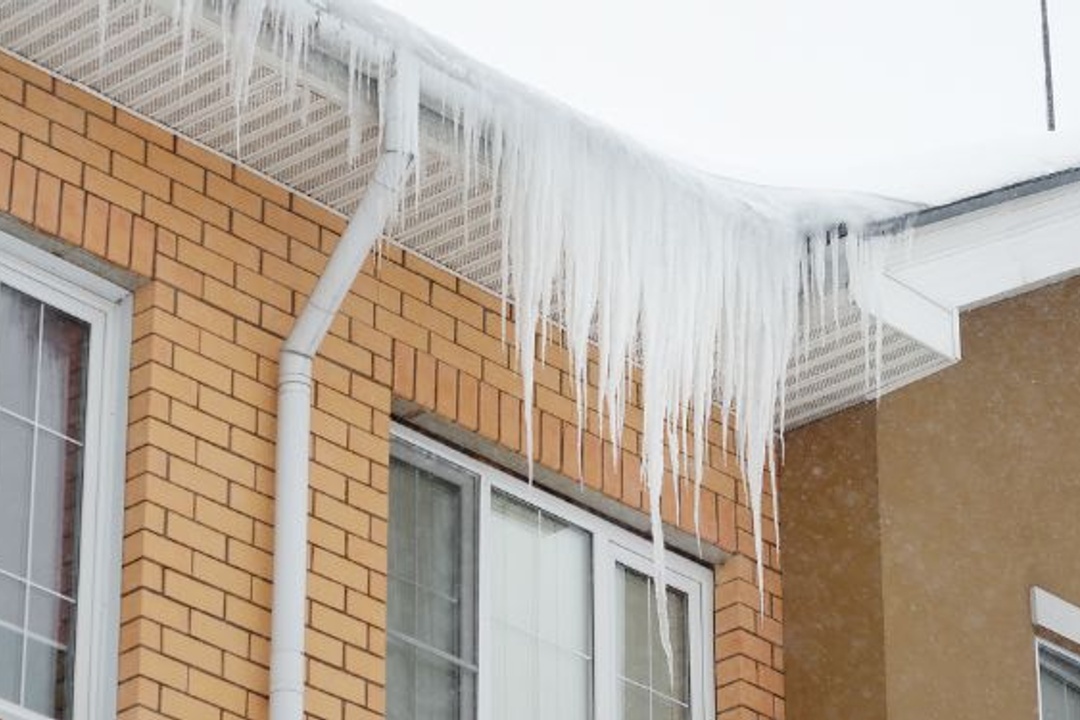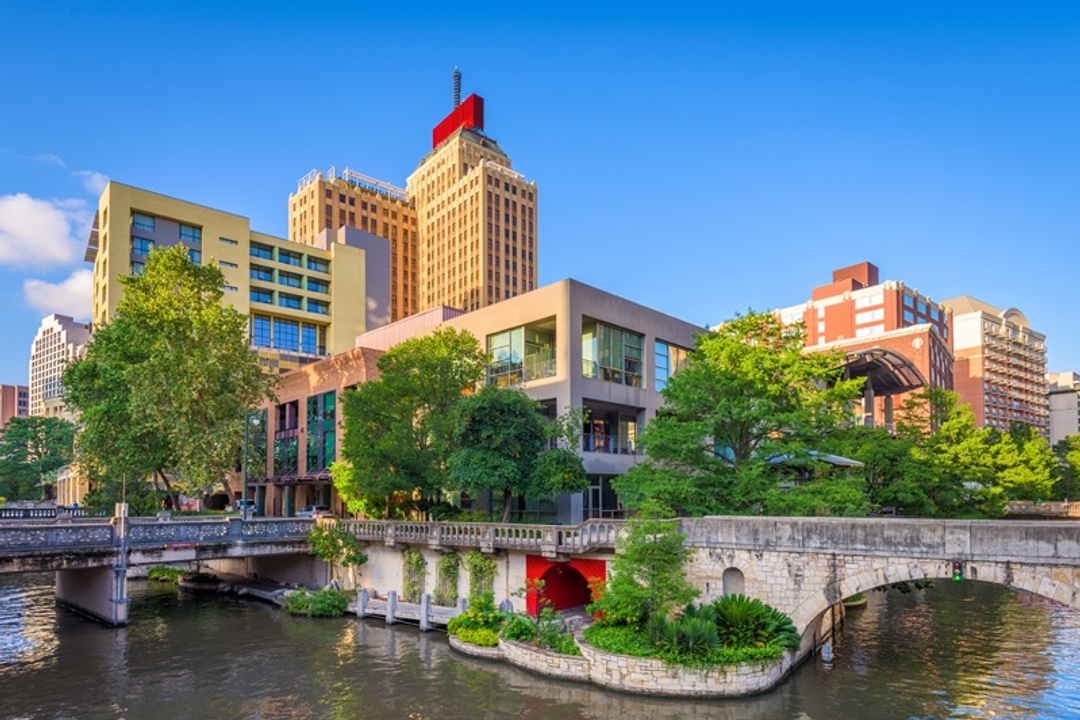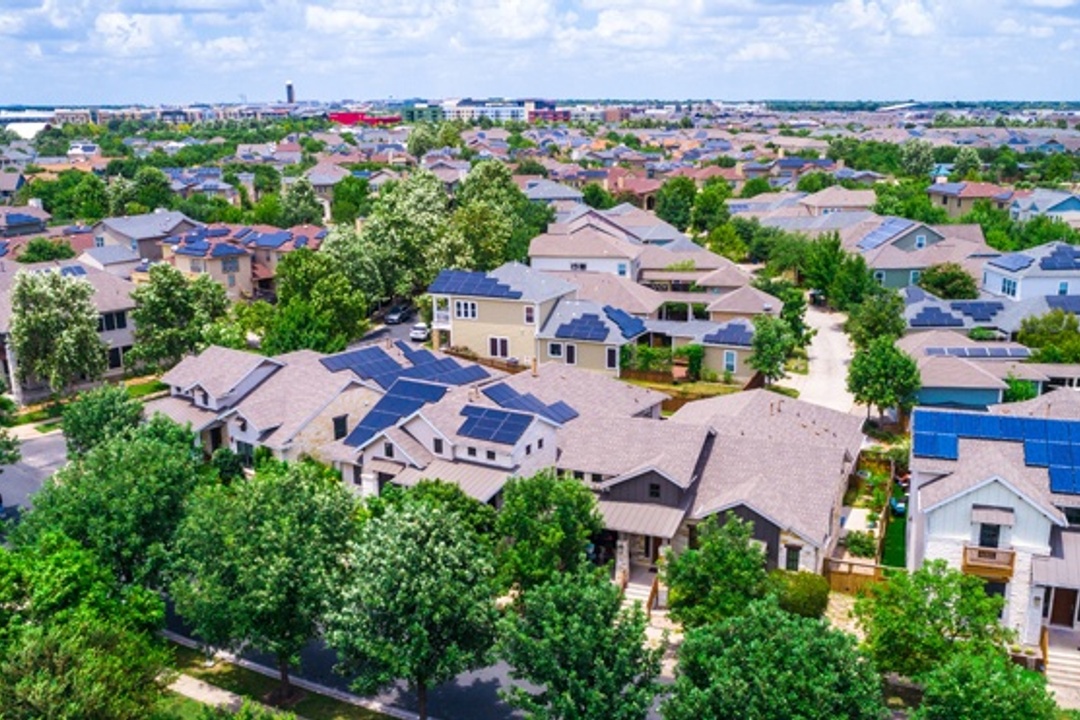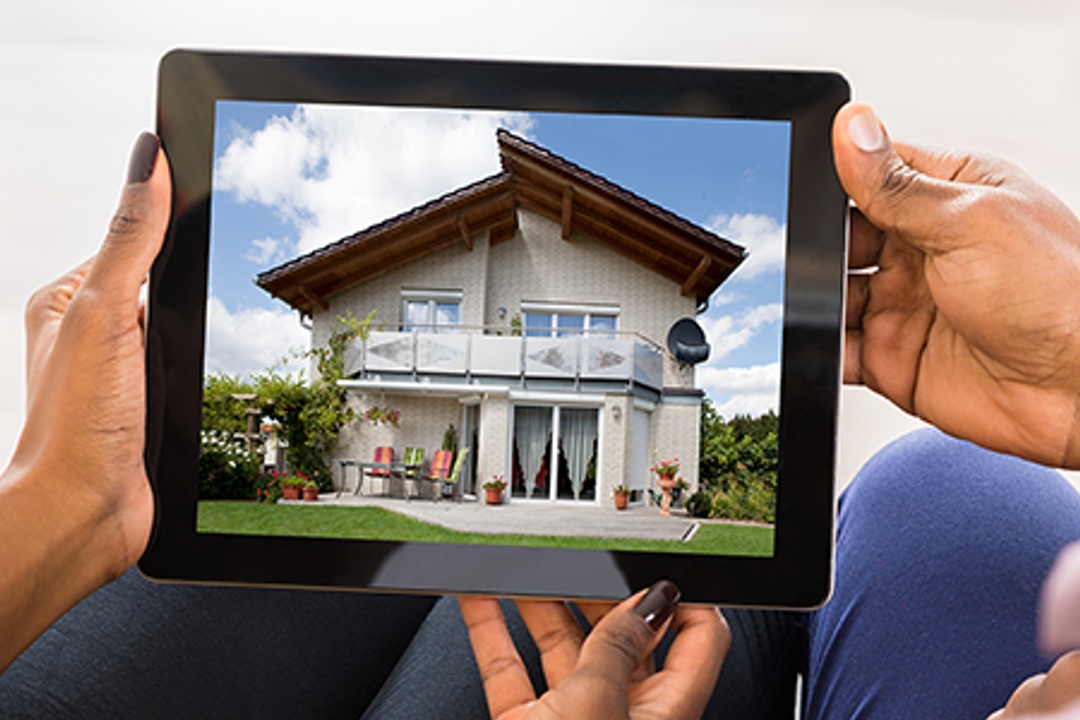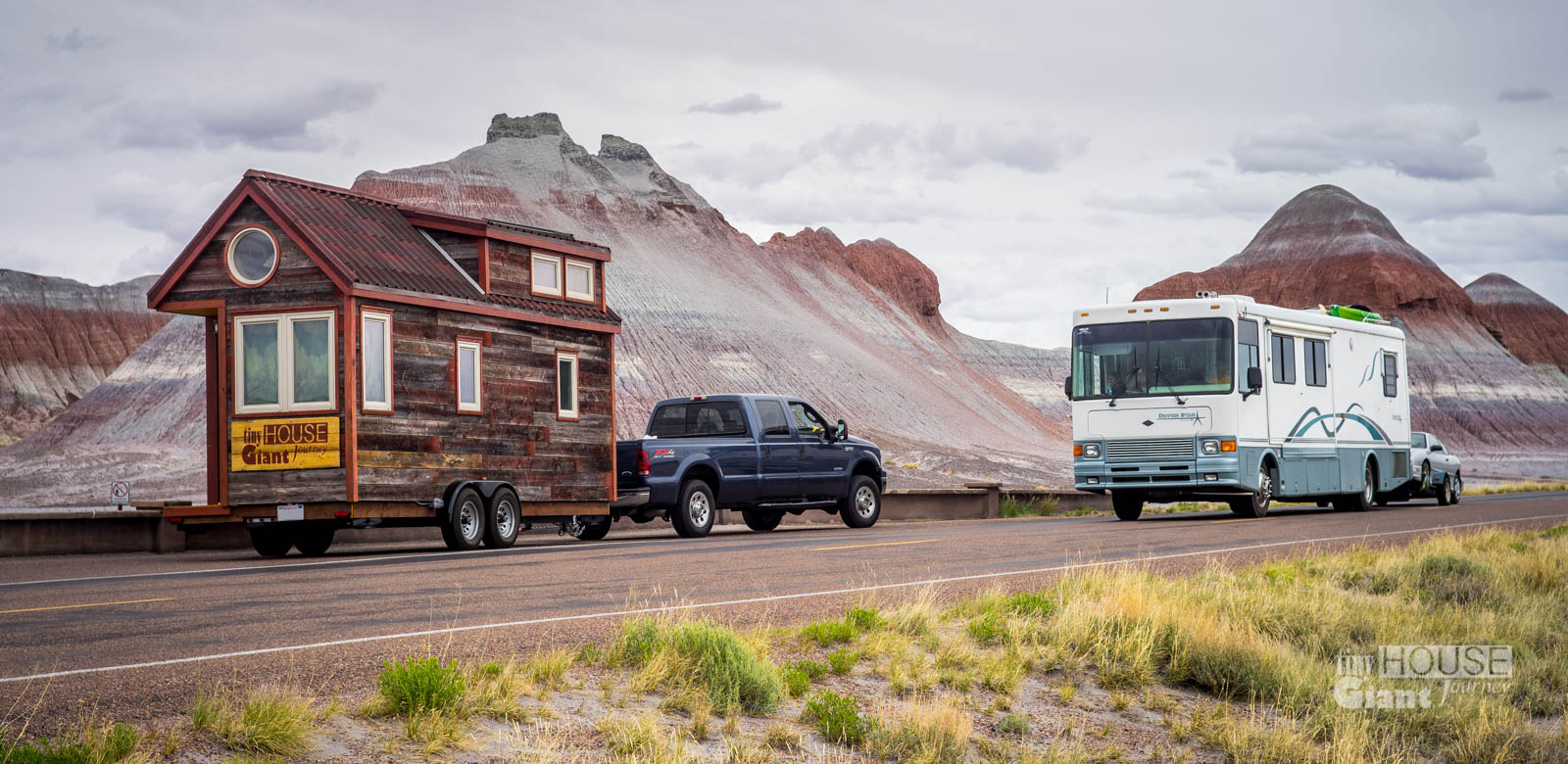
 What is the Tiny House Movement?
What is the Tiny House Movement?
Some say that in this day and age humans in the western world live too extravagantly. Our culture oozes excess from our (on average) 2,600 square foot homes to the large amount of unnecessary items furnishing them. People involved in the tiny house movement aim to minimize their environmental footprint, bills, or simply want the freedom to travel more frequently.
The typical tiny home is between 100 and 400 square feet and enables simpler living in a smaller, more efficient space. They come in all shapes and sizes: some on trailers to quickly relocate, some static, some antique, some modern, and many more. There are tiny homes built out of nothing more than spare building materials and some with luxury features and modern architecture. The people that live in these homes do so for numerous reasons, but most include either financial or environmental concerns. Other people would just rather focus on fostering their relationships and experiences.
TheTinyLife.com states that for most Americans, “1/3 to 1/2 of their income is dedicated to the roof over their heads; this translates to 15 years of working over your lifetime just to pay for it, and because of it 76% of Americans are living paycheck to paycheck.” The idea of having a smaller home that can be paid off more quickly not only appeals to millennials, but anyone who doesn’t mind living minimally in exchange for being virtually debt free.
Other advantages to living in a tiny home include the ability to personalize it down to the last detail, the satisfaction of building your own oasis, and low maintenance levels. Can’t imagine living in that small of a space? Many people are building tiny homes on their land as guesthouses, offices, and entertaining areas.
 What are the drawbacks?
What are the drawbacks?
One of the greatest challenges of tiny house living is finding places where tiny homes are allowed. Most major cities have strict zoning regulations and rules regarding the minimum size of homes. Some tiny home owners can get around this by placing their tiny houses on wheels and declaring them ‘mobile homes’, but many places (outside of traditional RV parks) have rules against where these can be located as well. It can be difficult to find a space for your tiny home unless you own land.
Another draw back is that these homes can be considered too small for people with families. It’s difficult to hide clutter in such a small space and offers few options for privacy. Teenagers enjoy having their friends over on occasion and parents often need alone time, it can prove difficult to achieve this in a tiny home.
Tiny Homes to Solve the Homeless Crisis:
Some cities are thinking outside the box and creating tiny home communities for the less fortunate. These groups are harnessing this minimalist movement to provide free or very low-cost housing options, many complete with career counseling, support groups, communal gardens, and on-site medical centers. Portland (Oregon), Madison (Wisconsin), Seattle (Washington), several California cities, and Austin (Texas) are a few of these forward-thinking cities, with likely more popping up as the trend continues.
With the increase in mortgage rates that was just passed, tiny homes are an innovative way to shelter the homeless with dignity, and house people who wouldn’t otherwise be able to afford it. Since the homes can be built quickly, and with a limited budget, they end up saving cities money in the long run. In tiny home communities, rent can cost as little as $90 a month.

How do I get one?
How does one actually acquire a tiny home? Well, there are many different ways. Some people choose to build them on their own, but that requires some considerable skill. To help, there are many companies who sell blueprints, as well as classes you can take, seminars you can attend, and even web videos you can watch.
Some people choose to buy their tiny homes already made, and there are a growing number of companies accommodating this request. Additionally, one can repurpose shipping containers, busses (even double decker), wagons, and other things into a tiny home with a little bit of knowledge and creativity. Not technically a tiny home (but too cool not to mention) Anderson Mobile Estates offers a repurposed semi truck as a larger, more luxurious mobile home.
Whether you think a tiny home is a perfect way to simplify or too small to be practical, they are certainly an innovative solution to the problems facing many people today. Downsizing and building a tiny home is definitely becoming a popular option and a more acceptable alternative lifestyle choice.

